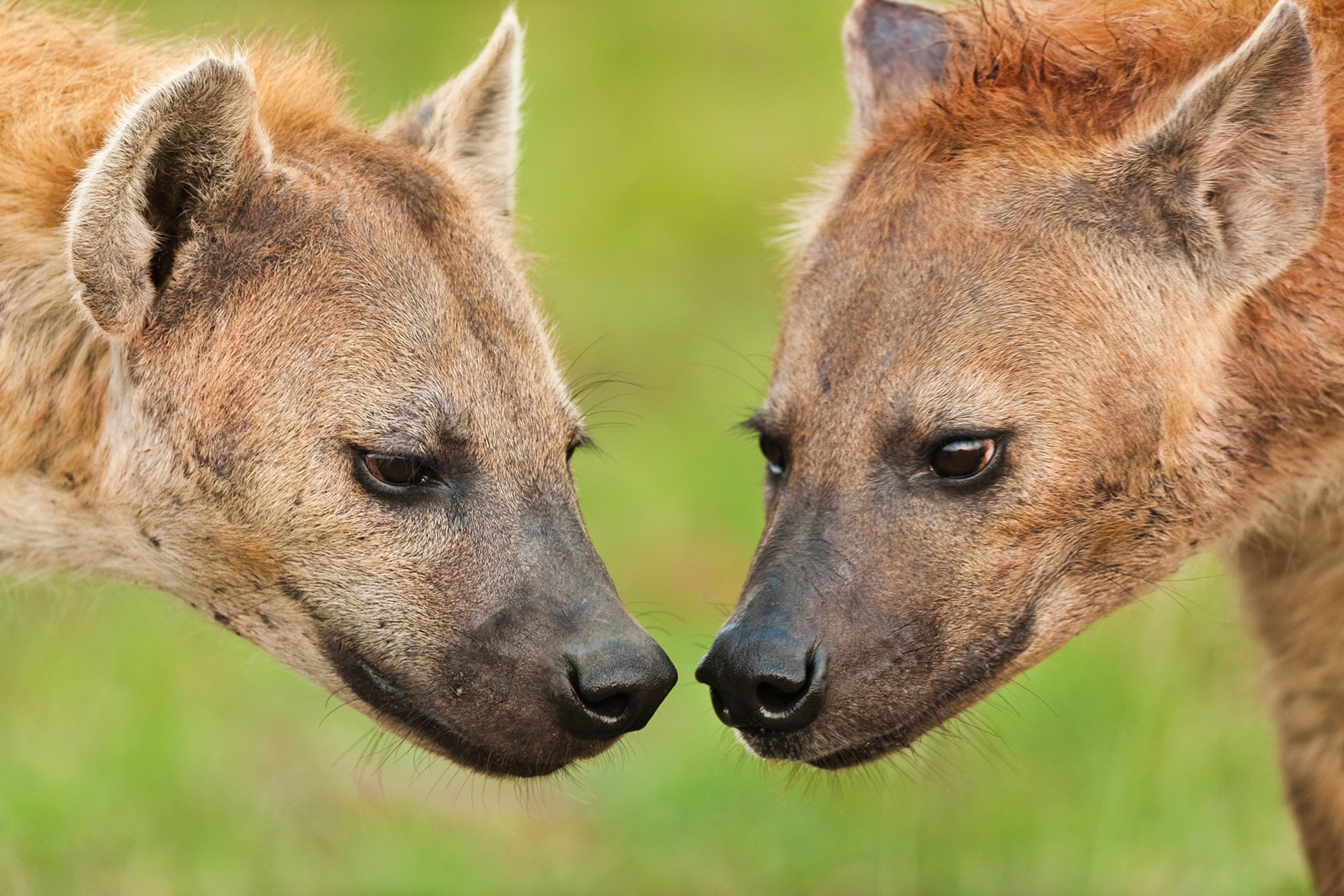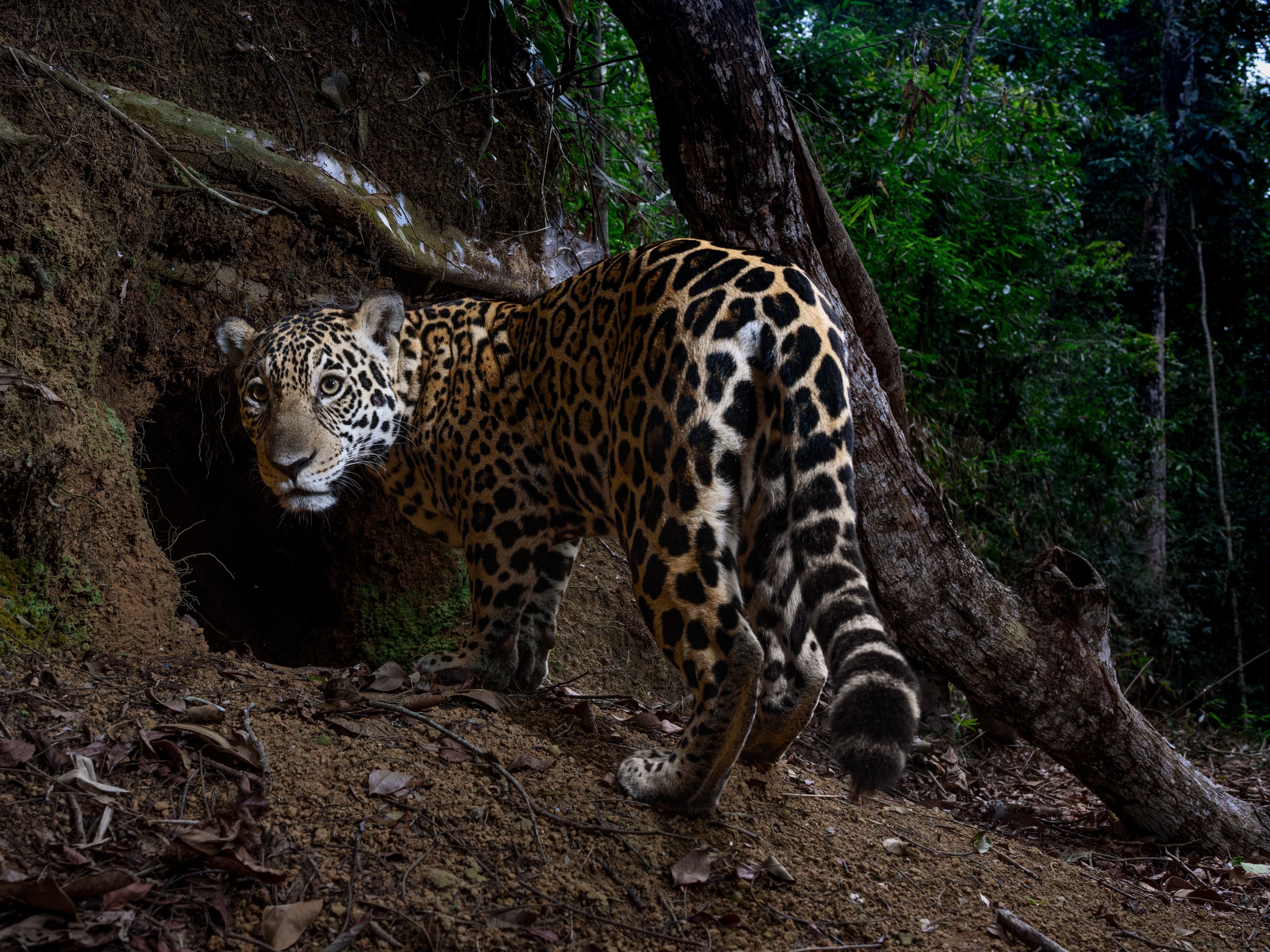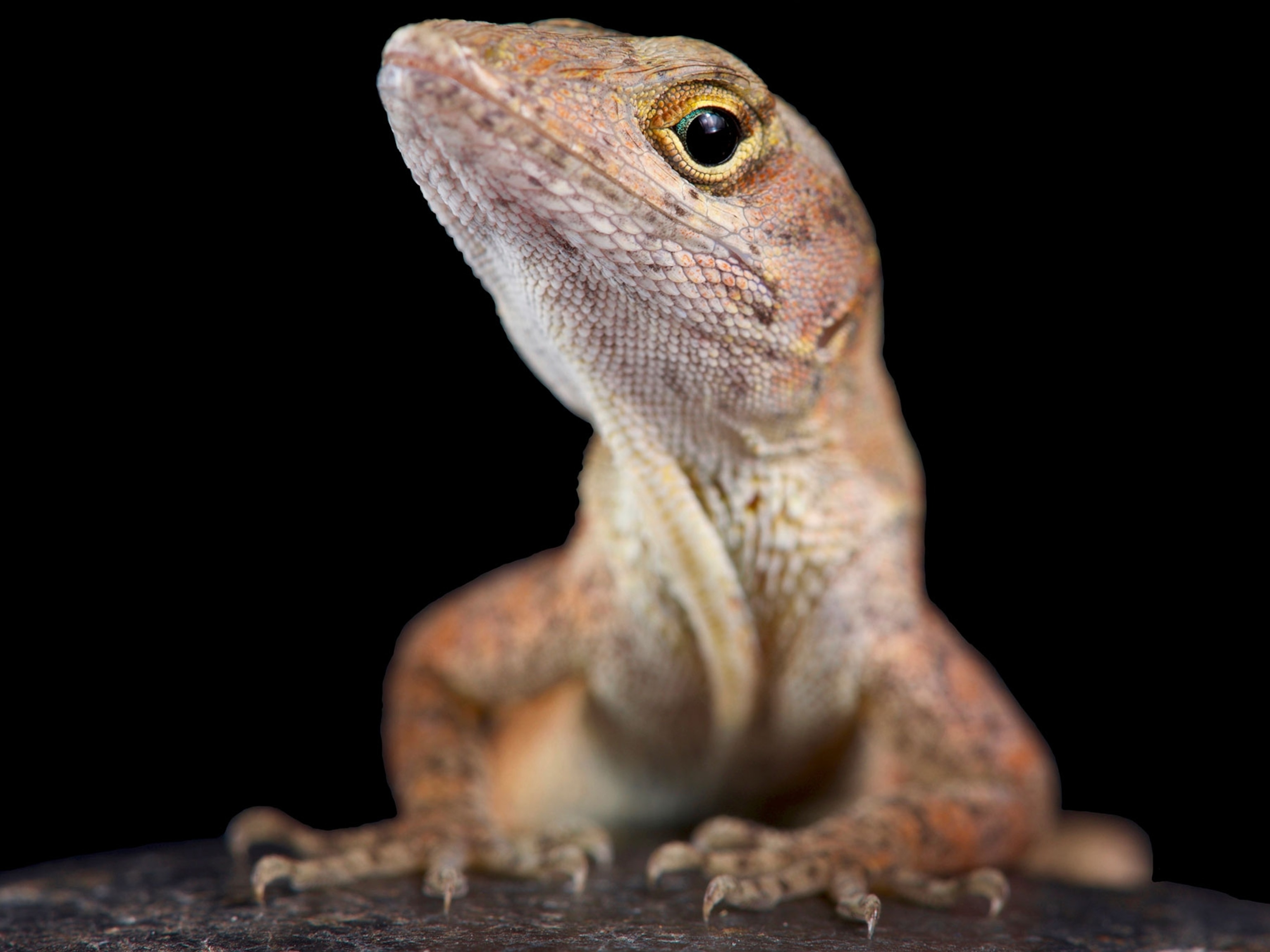
How Can You Tell a Female Animal From a Male?
When females have "penises," determining who's who can be tough.
Weird Animal Question of the Week has sex on the brain thanks to Humphrey Mulenga's question, “How can a layman distinguish a female hyena from a male?”
These African predators are known for being tricksters—even when it comes to their genitalia.
Tip Offs
Female spotted hyenas "have an elongated clitoris that closely resembles the penis of a male,” Sarah Benson-Amram, a zoologist at the University of Wyoming, says by email.
These pseudo-penises or pseudophalluses, as they're called, are paired with "testicles"—actually fused labia filled with fatty tissue.
So how can a layperson tell female and male spotted hyenas apart? Here's a tip.
Both sexes get erections when they're excitedly greeting each other, Benson-Amram says.
“If the tip of the erect phallus is pointed, it’s a male; if it’s blunt and straight across, it’s a female.” (Also see "Fossil Daddy Longlegs Sports a 99-Million-Year Erection.”)
Even so, such a small detail can be hard to see, so there's another strategy, Heribert Hofer, of the Leibniz Institute for Zoo and Wildlife Research, notes via email.
"Females can also be recognized unambiguously once they give birth to cubs because they display prominent teats.”
Looking at their body size can sometimes help, Benson-Amran adds. Females are larger, and males’ stomachs curve upward where they meet the back legs.
While we're on the subject, these pseudo-penises aren't just for show: Females give birth through their “penis,” which “has to tear when the first cub passes through,” Benson-Amran says—so a pink scar from a torn phallus also indicates a female.
Hyraxes Rock
Many animals can be difficult to sex, and size is generally “not a very reliable indicator,” Hofer says. For instance, in many monogamous species, such as animals in the dog or horse family, males and females are the same size.
Bright colors or ornaments are often found in species in which males compete for access to numerous females, Hofer says: Think moose antlers or peacock tails. (Also see "Nudge Nudge, Wink Wink: How Do Animals Flirt?”)

Since coupled species don't compete as much, "there's less need, evolutionarily speaking, for showing specific sexual traits," says Amiyaal Ilany, a postdoctoral researcher at the University of Pennsylvania.
Ilany studies the rock hyrax, an African rodent-like mammal that isn’t monogamous but whose sexes look the same. The only physical difference is males are slightly larger, Ilany says.
But looks aren’t everything.
To figure out who's who around hyraxes, use your ears: Males sing to attract females, while females don't sing at all.
Females may choose males by listening to their songs—a way for males to show off that doesn't require flashy colors.
Scent and Sensibility
Most snakes are difficult to tell apart sexually, Robert Espinoza, a biologist at California State University, Northridge, says via email.
"Perhaps [it's] because they rely more on their sense of smell to find a mate than visual cues,” he says. (See "What Comes Before Snake Sex? A Kama Sutra of Courtship Moves.")

Many lizards, too, “can be nearly impossible or at least very difficult to sex.” Other species, though, differ so greatly that males and females were originally thought to be different species—like the black lava lizard of South America.
Females of this species, like this one, are colorful, but the male looks like he just came from a body-painting party (scroll down to sixth photo on the right).
Then there are many species that change sex, especially fish. Take the Nassau grouper, which begins life as a female and changes to a male. (See "7 Gender-Altering Animals.”)
Bottom line: if you meet a wild animal, don’t say “sir” or “madam." Just say “Hey you!”
Unless it’s a ram. See? Tricky.





